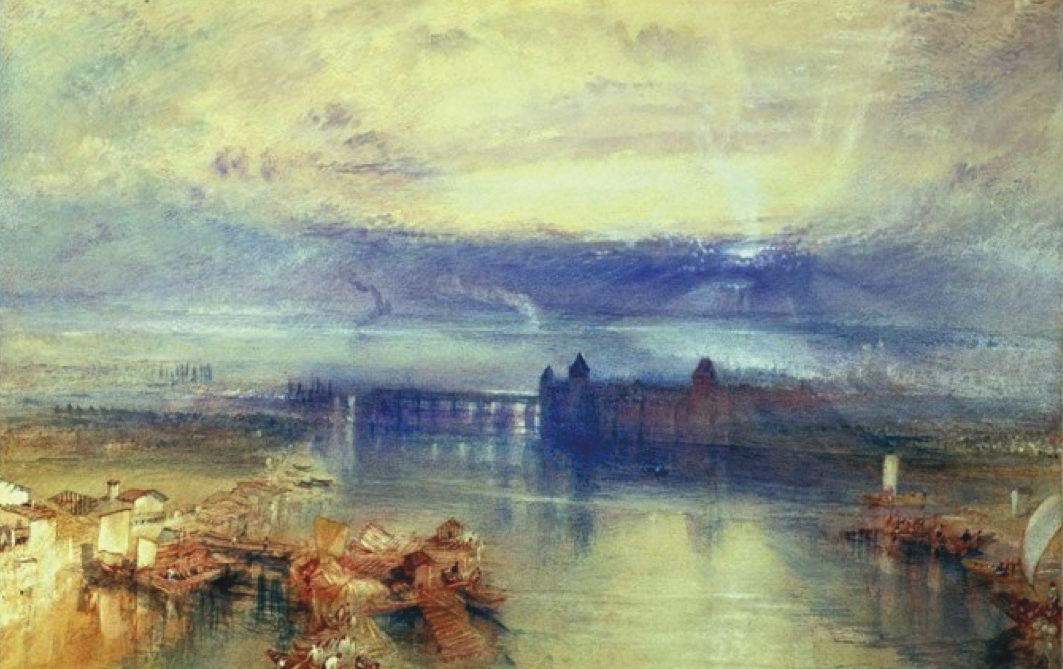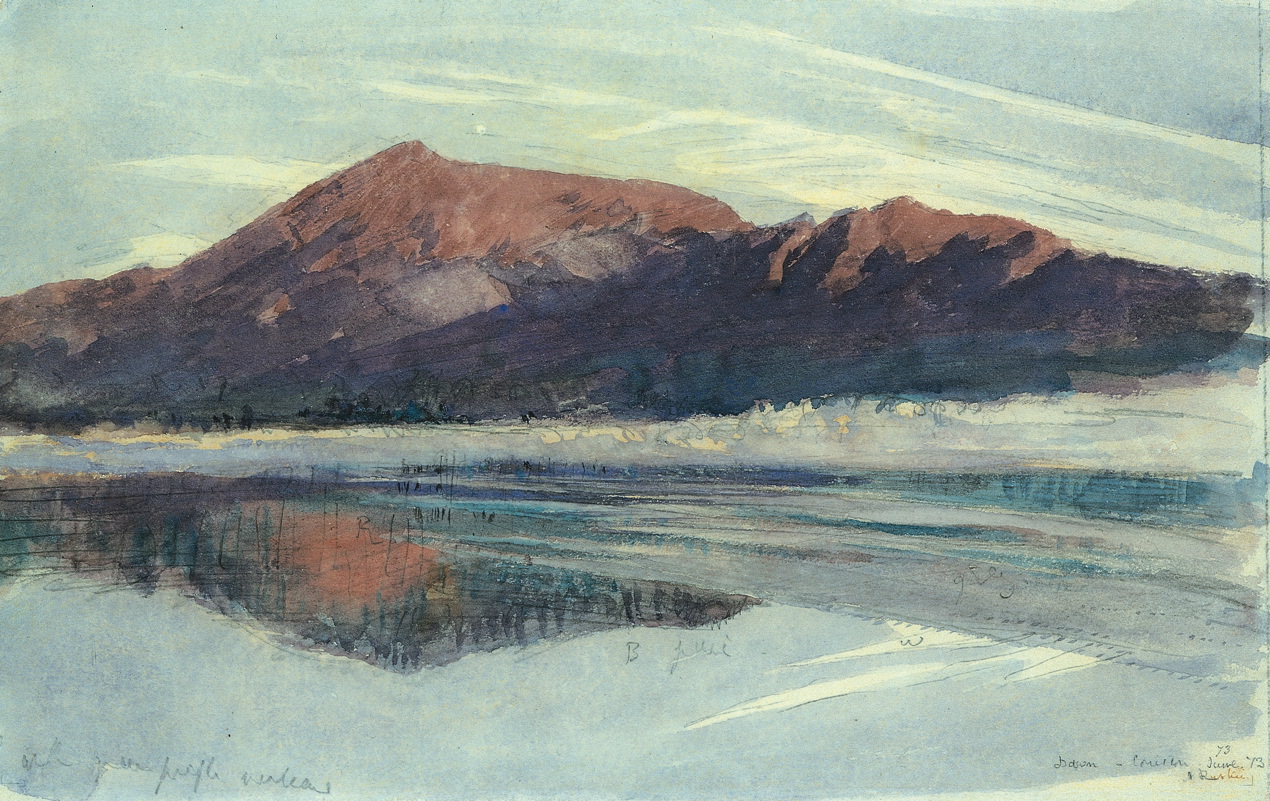Force of nature
John Ruskin believed the beauty of the natural world could bring us happiness. But on his 200th birthday, a new exhibition reveals how nature could also be a source of anguish for the artist and art
To his critics John Ruskin had a tendency to sermonise, and his personal relationships were perhaps unrealistic, but we should think better of the 19th century art critic and artist, according to Suzanne Fagence Cooper.
Research curator of a new touring exhibition marking his 200th birthday, she says he was not only an exceptional art critic but a visionary – “someone who took the inter-connectedness of the world very seriously, who believed that we as modern people have to take responsibility for how we live in the world, how we live in the natural world, how we treat the people we work with and treat the resources of the world”.
He also, she adds, “believed we can feel better by looking at beautiful things, and he encouraged us to look for beauty in the world”. But he couldn’t always find
it himself.
The exhibition, Ruskin, Turner & the Storm Cloud: Watercolours and Drawings, considers Ruskin’s relationship with his fellow artist, together with his own experience of fastidiously close looking at weather patterns, mountains and the built environment.
It includes more than 40 works by Ruskin and a dozen from JMW Turner, including Constance, which Ruskin owned, hanging it in his bedroom at Brantwood, his house overlooking Lake Coniston.
“This gorgeous blue and gold watercolour of Lake Constance in the Alps is a scene of calm and beauty,” says Fagence Cooper.
But Brantwood was also where Ruskin – anguished by the pollution of the Industrial Revolution and also suffering the loss of family members – suffered acute mental health crises. She reads from an 1882 diary entry she recently found at the Ruskin Library at Lancaster University. “I have never been so persecuted by the clouds.” And in a letter she found to his friend Lady Simon, about his beloved Alps, he wrote: “Our Geneva, our Como, our Verona, plucked up by the roots and twice dead.”
“Then he can’t write any more and so draws a picture of factories belching smoke,” says Fagence Cooper.
Ruskin championed Turner at a time when some of his contemporaries thought his paintings a mess. Fagence Cooper says Ruskin would carefully explain that his landscape works were instead “incredibly carefully created lived experiences” and that he was an “ideal modern painter” conveying a “moral truth as well as a visible one”.
She says: “If you are in a storm, if you are standing by this river, if you are climbing this mountain, if you are looking at this view, this is what it would feel to you. It may not be absolutely accurate in terms of a photograph but if you have walked up this hill to the top and that is the view the sense of triumph is bigger and more wonderful and more beautiful than a photograph can make it.”
Not that Turner, a notably difficult character, was always grateful. “They did get to know each other but they were never friends,” says Fagence Cooper. “Turner didn’t always like this attention. He didn’t like to be called an angel of the apocalypse standing in the sun. He thought it was a bit embarrassing and quite a lot of Ruskin’s friends said you need to tone it down a bit.”

The exhibition will also consider Ruskin’s other relationships, says Fagence Cooper, author of a biography of Effie Gray, married at 19 to him and then later, after an unconsummated and annulled union, to Ruskin’s protégé John Everett Millais.
Ruskin became infatuated with Rose La Touche when she was 10 and he taught her art. He waited until she was 18 and proposed to her. Gray told her parents he was “utterly incapable of making a woman happy”.
“I agree it is peculiar and it raises a lot of questions but I think he was more interested in her being innocent and untouched than anything else,” says Fagence Cooper, emphasising that the exhibition doesn’t major on this. “I have a lot of problems with it on
one level but on another I think it wasn’t an abusive relationship.”
She believes the relationship also highlights how difficult it was for people with mental health problems in the Victorian era to be treated. Ruskin’s doctor dismissed La Touche, probably suffering with anorexia, as a “perverse sprite, with their treacherous iridescent surfaces”.
“It makes you realise what she was up against all the time and also what Ruskin was up against all the time.”
Ruskin died at Brantwood in 1900, having been nursed through bouts of mental illness by a cousin. Last summer, contemporary artist Emma Stibbon retraced one of his trips to Chamonix to draw and photograph the same Mont Blanc glaciers and her work is part of the exhibition. This time though, there was no ice.
“Ruskin knew that things were going wrong,” says Fagence Cooper.
Ruskin, Turner & the Storm Cloud: Watercolours and Drawings is at York Art Gallery, 29 March-23 June, and Abbot Hall Art Gallery, Kendal, 11 July-5 October

Leave a reply
Your email address will not be published.